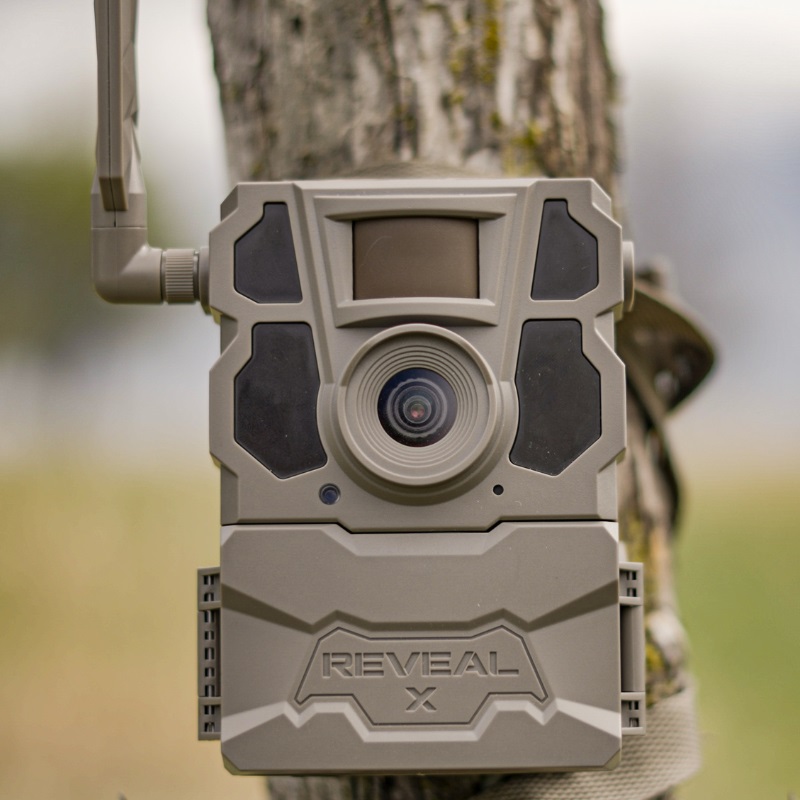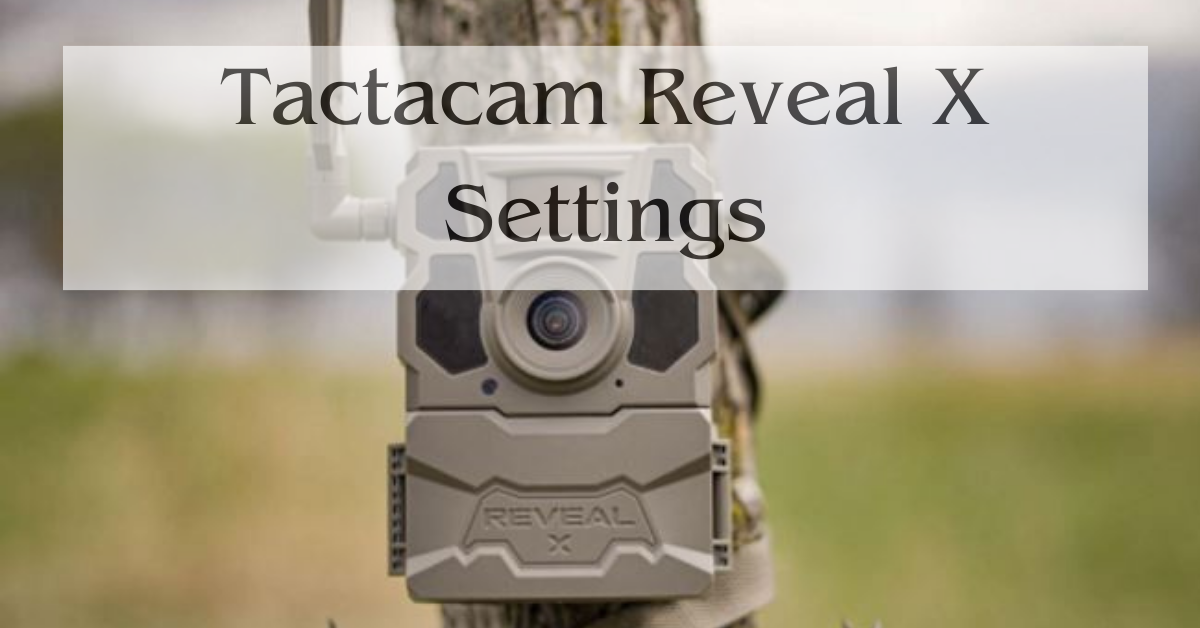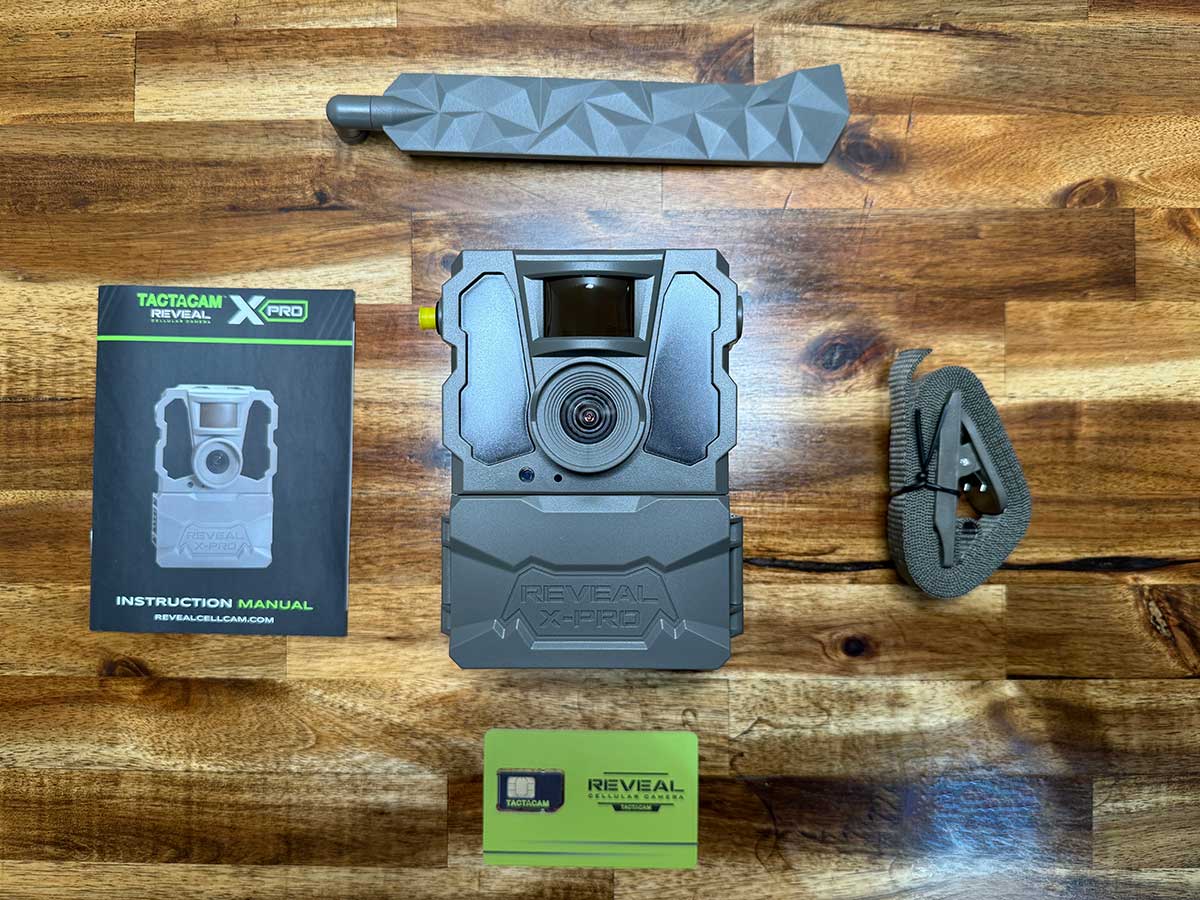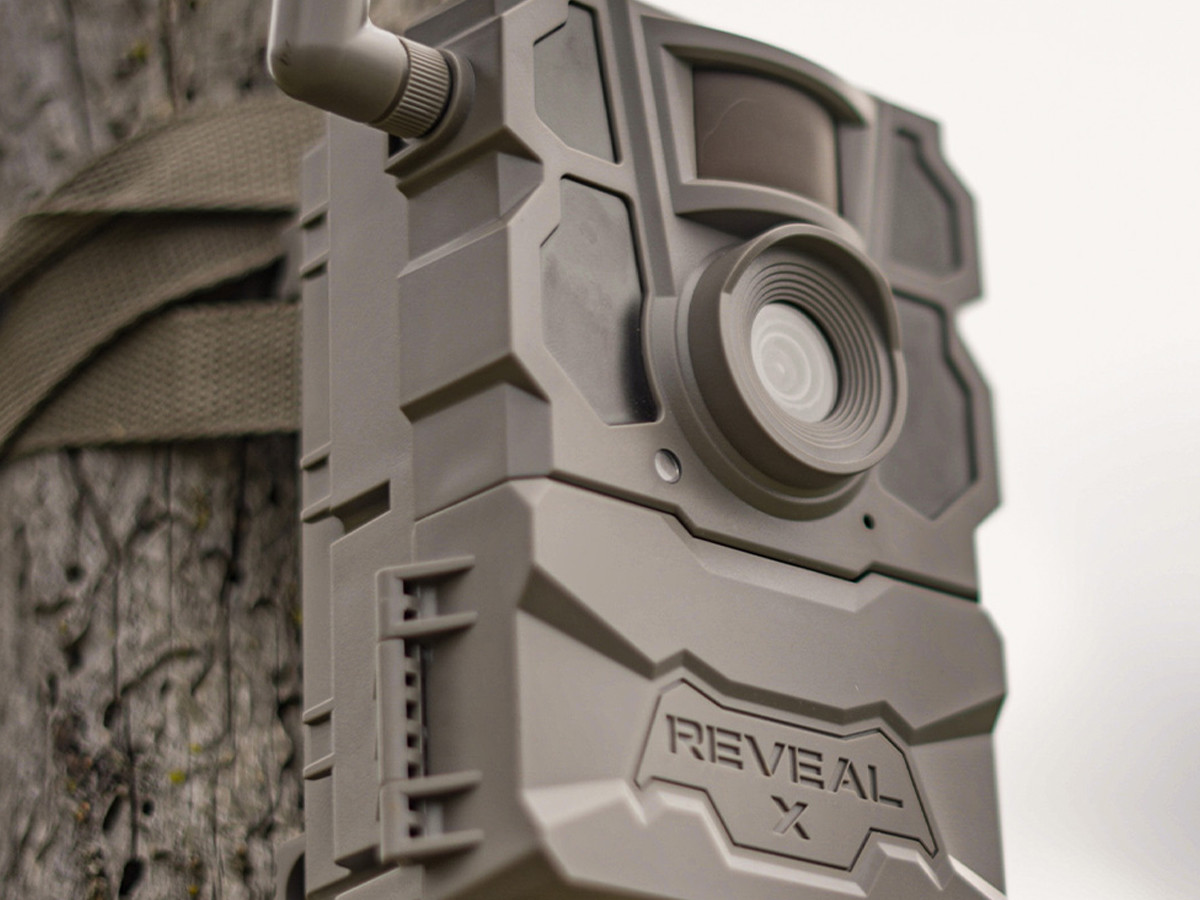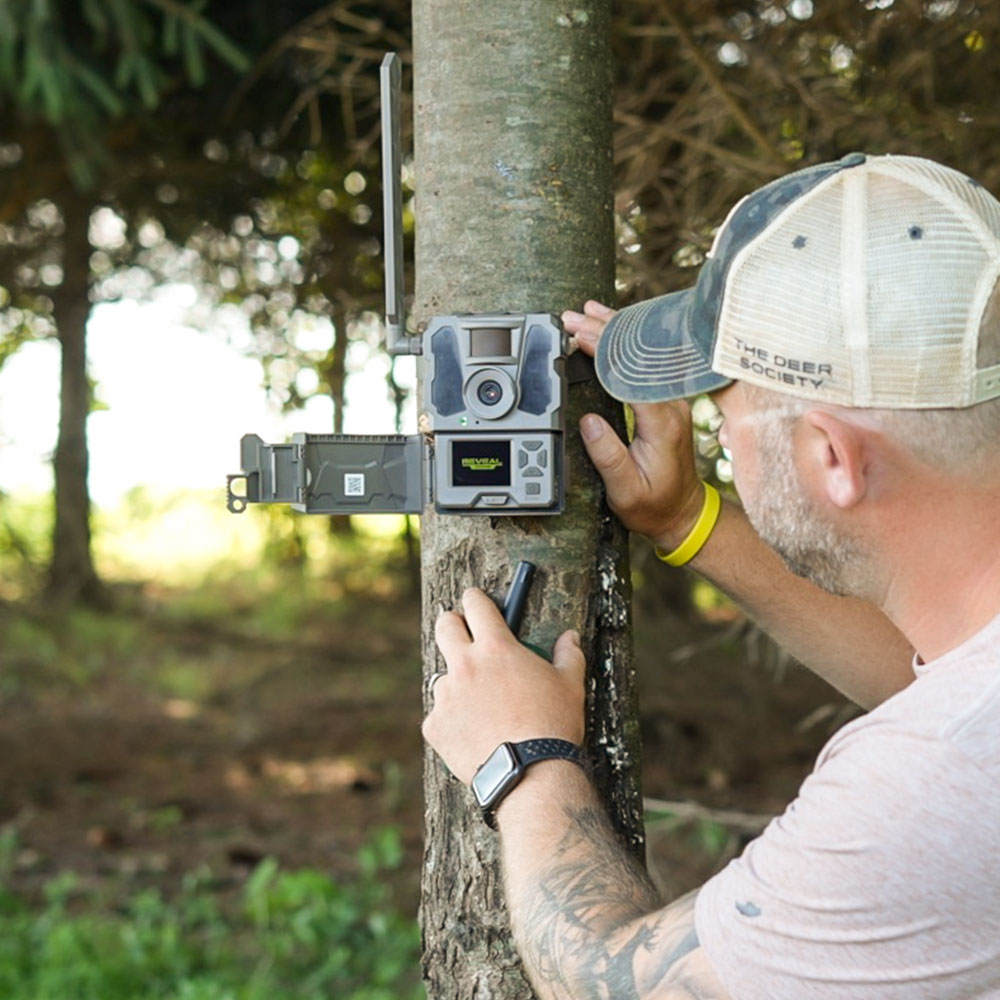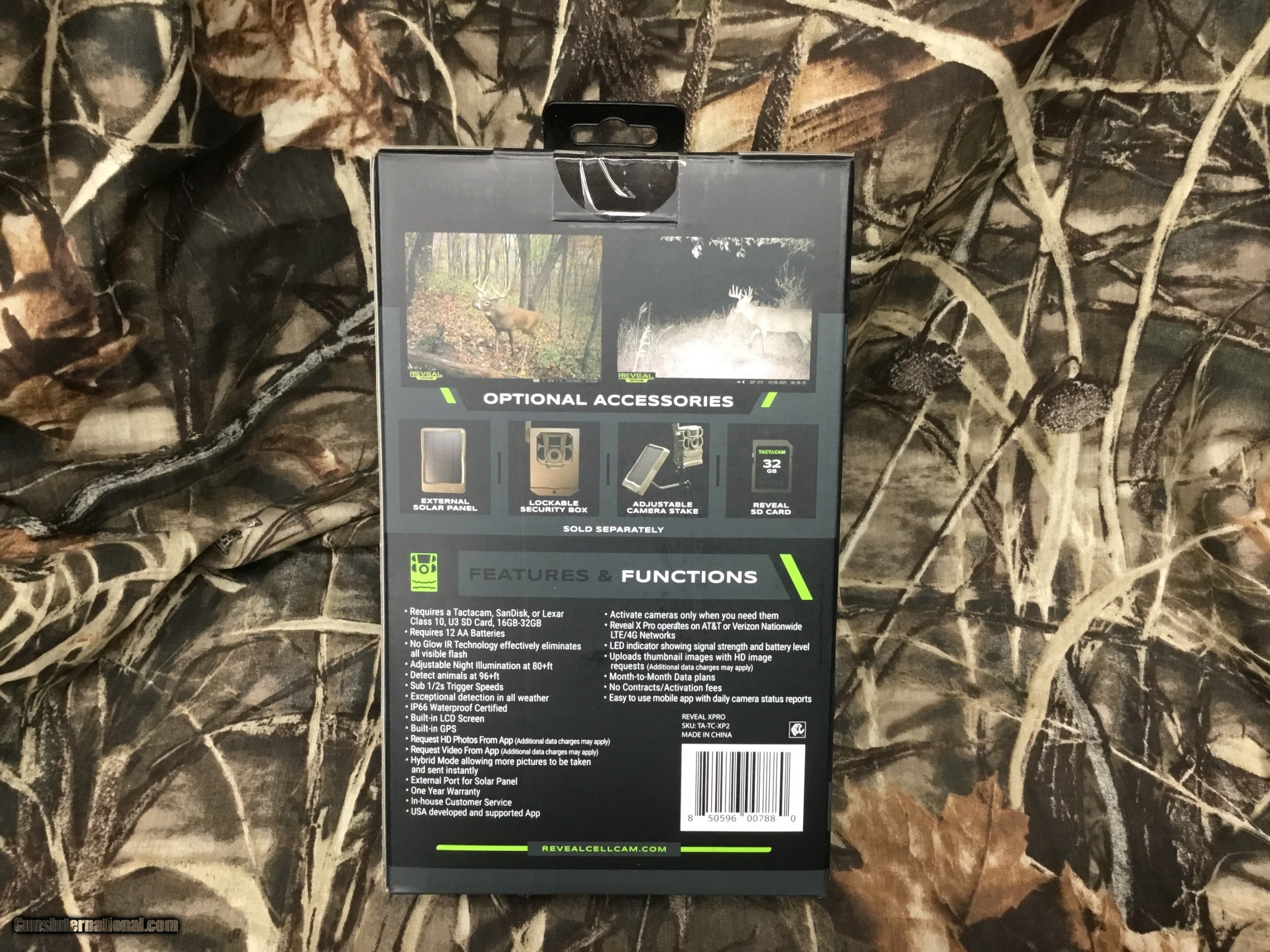Can You Use Tactacam Reveal X Without Cellular

The crisp autumn air nipped at Sarah's cheeks as she trekked through the woods, the scent of decaying leaves filling her nostrils. Sunlight dappled through the canopy, painting shifting patterns on the forest floor. Her mission? To finally determine if her new Tactacam Reveal X trail camera could function without a cellular connection, a question that plagued many outdoor enthusiasts like herself.
The burning question for many users is: Can you actually use a Tactacam Reveal X trail camera without a cellular plan? The short answer is no. The Tactacam Reveal X is fundamentally designed to transmit images via cellular networks, rendering it largely inoperable as a remote monitoring device without a subscription. This article delves into the details of this limitation, examining the core functionality, alternative options, and considerations for maximizing its use within the intended cellular framework.
Understanding the Tactacam Reveal X
The Tactacam Reveal X series has gained popularity for its affordability and ease of use in the realm of cellular trail cameras. It's designed to capture photos and videos triggered by motion and then immediately transmit them to a user's smartphone or computer via a cellular network. This allows for real-time monitoring of wildlife activity, property security, or hunting locations without physically retrieving SD cards.
Core Functionality and Cellular Dependency
At its core, the Reveal X's functionality relies heavily on its integrated cellular modem. This modem connects to cellular towers to transmit images. Without an active cellular plan, the camera can still capture photos and videos, but it cannot send them remotely. The images are stored on an SD card within the camera.
Think of it like a smartphone without a service plan: it can still take pictures, but it can't send them via text or access the internet. The Tactacam Reveal X operates under a similar principle. It can record, but the remote viewing aspect is lost without a cellular connection.
According to Tactacam's official website and user manuals, a cellular data plan is a prerequisite for utilizing the camera's intended functions. The company offers various data plans directly, or the camera can often be activated on compatible networks like Verizon or AT&T, depending on the model and region.
Alternative Uses (With Caveats)
While the Reveal X is not intended for non-cellular use, there are some limited scenarios where it could be employed in a similar manner to traditional trail cameras. This involves manually retrieving the SD card to access the captured images and videos. This effectively turns the "cellular" trail camera into a conventional one.
However, this defeats the purpose of investing in a cellular trail camera in the first place. The core advantage of remote monitoring and near-instantaneous image delivery is lost. Users might consider cheaper, non-cellular trail cameras if manual retrieval is the only intended method of use.
Using the Reveal X in this manner can still be beneficial in certain situations where cellular coverage is unreliable or prohibited. For example, in areas with spotty service, the camera could still capture data and the user retrieves the SD card periodically when visiting the location.
Technical Limitations and Workarounds
There are no known software or hardware modifications that allow the Reveal X to transmit images via alternative methods like Wi-Fi or Bluetooth without a cellular connection. The camera is designed specifically to function within the cellular network infrastructure.
Attempting to modify the device's firmware or hardware to bypass the cellular requirement would likely void the warranty and could potentially damage the camera. It is generally advised against trying unauthorized modifications.
Users desiring non-cellular remote monitoring should explore alternative trail camera models that are specifically designed to utilize Wi-Fi or Bluetooth for data transfer. These cameras typically require proximity to a Wi-Fi network or a Bluetooth-enabled device for image retrieval.
Cellular Plans and Network Compatibility
Understanding the cellular plans offered by Tactacam or compatible providers is crucial for maximizing the Reveal X's potential. The plans typically vary based on the amount of data included per month, which directly affects the number of images the camera can transmit.
The camera's compatibility with different cellular networks (e.g., Verizon, AT&T) also depends on the specific model. It's essential to verify network compatibility in the intended operating area before purchasing a plan. This information is available on the Tactacam website or through network provider resources.
Consider the image resolution settings when selecting a cellular plan. Higher resolution images consume more data. Adjusting the resolution to a lower setting can help conserve data and extend the plan's duration. This often involves a trade-off between image quality and data consumption.
The Bigger Picture: The Rise of Cellular Trail Cameras
The rise of cellular trail cameras like the Tactacam Reveal X reflects a growing demand for real-time remote monitoring capabilities. These cameras offer significant advantages over traditional trail cameras, particularly for security applications, wildlife management, and hunting.
The ability to receive images instantly allows users to react quickly to events captured by the camera, such as trespassing, animal sightings, or equipment malfunctions. This near real-time feedback is invaluable in many scenarios.
The convenience and efficiency of cellular trail cameras have transformed the way people monitor remote locations. This technology is likely to become even more prevalent in the future, with advancements in battery life, image quality, and network connectivity.
Conclusion: Embracing the Cellular Advantage
While the Tactacam Reveal X cannot function as a remote monitoring device without a cellular plan, understanding its intended use case and limitations is important. Its core strength lies in its cellular connectivity, which offers unparalleled convenience and real-time monitoring capabilities.
For users seeking a truly remote trail camera experience, embracing the cellular aspect is essential. Choosing the right cellular plan and ensuring network compatibility will unlock the full potential of the Reveal X.
As Sarah finally conceded, accepting that the Reveal X needed its cellular lifeline, she adjusted her settings, chose a suitable data plan, and watched, with a renewed sense of anticipation, as the first images streamed in, proof that sometimes, the best tools are the ones used as intended.







